Improve your freestyle kick technique in three steps: upward, forward, and continuous.
•7 min read
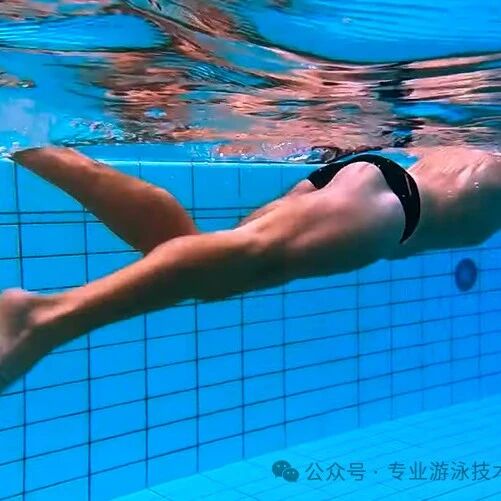
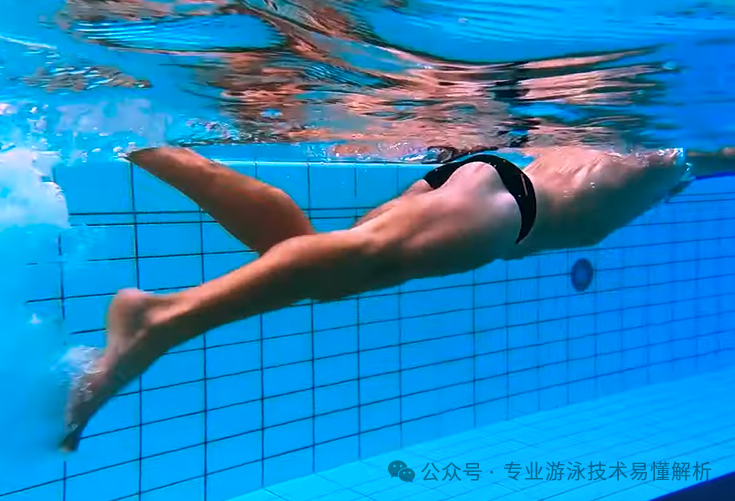
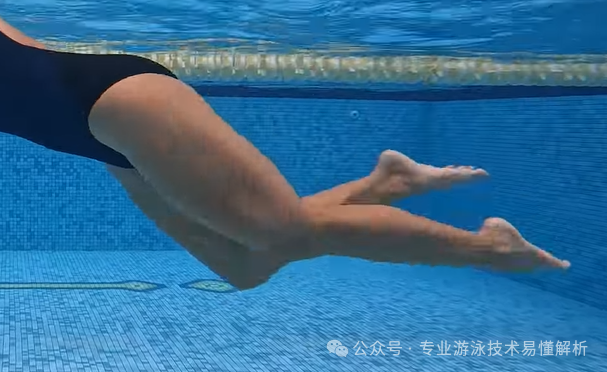
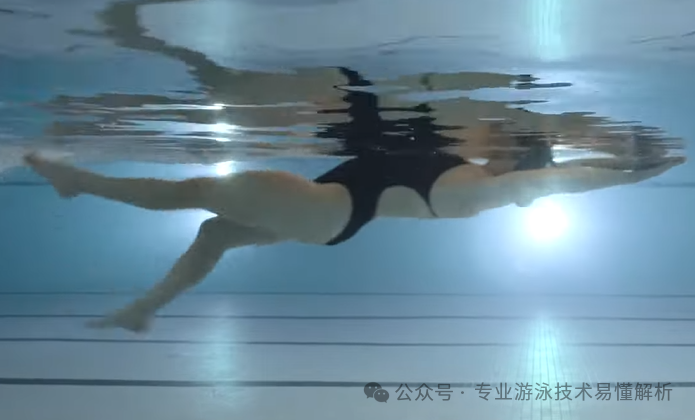
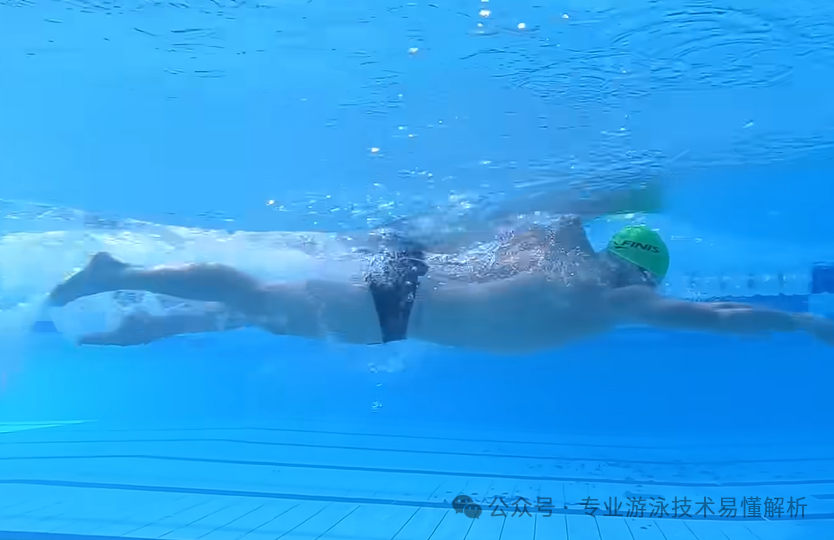
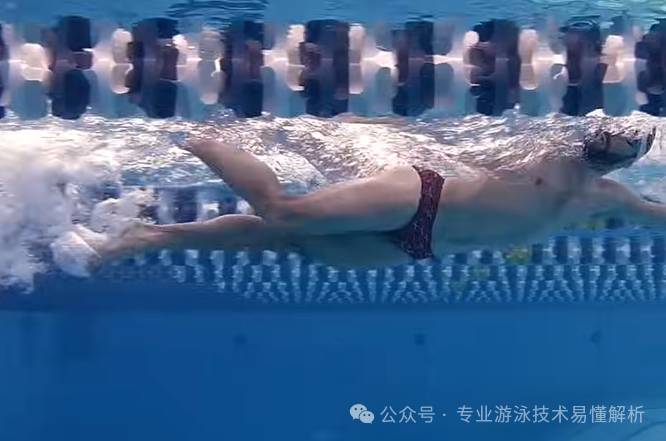
One WeChat official account shares swimming tips, while another focuses on software insights, online resources, and reading experiences.
Thank you for your supportive and encouraging likes—especially appreciated are the comments that spark conversation, as well as more shares to spread the word!
Related Articles
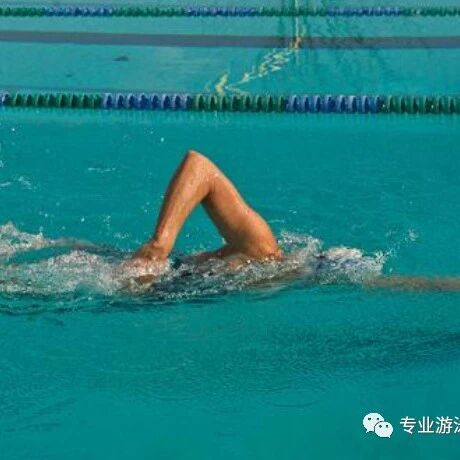
Swimming
Focus on three key principles for your upper body—and quickly master the basics of freestyle swimming!
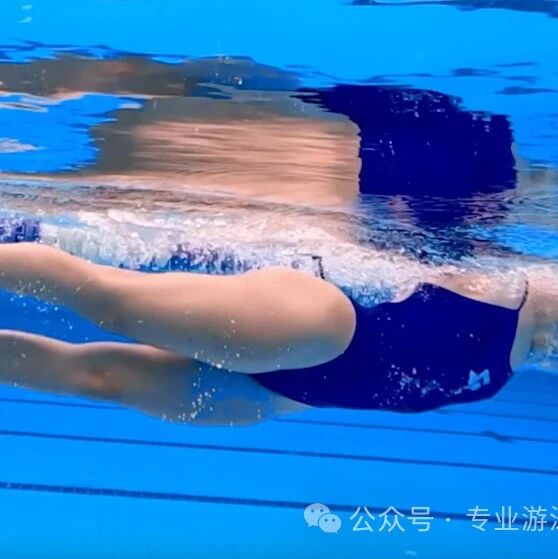
Swimming
One hour of nonstop freestyle swimming—practice breathing like this for effortless and efficient results.
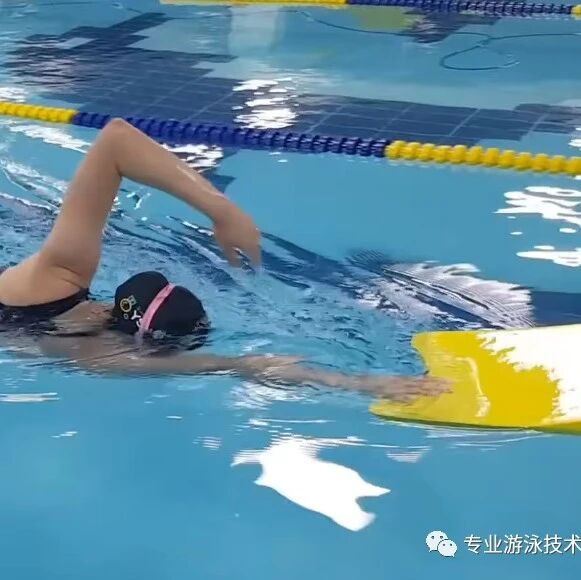
Swimming